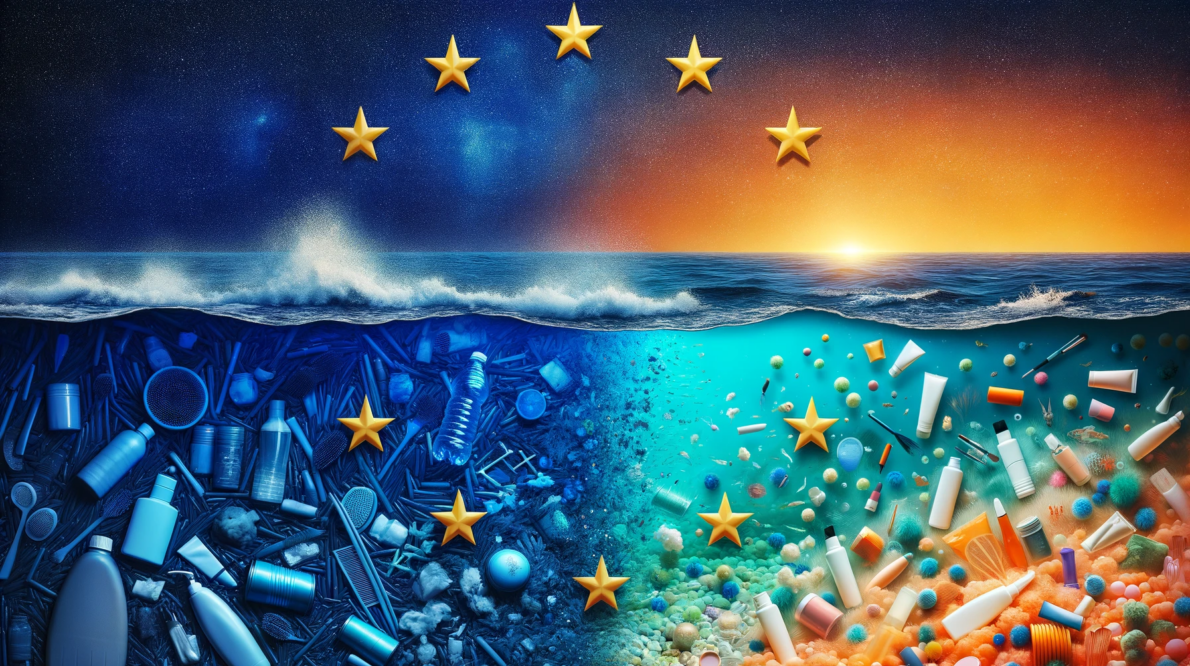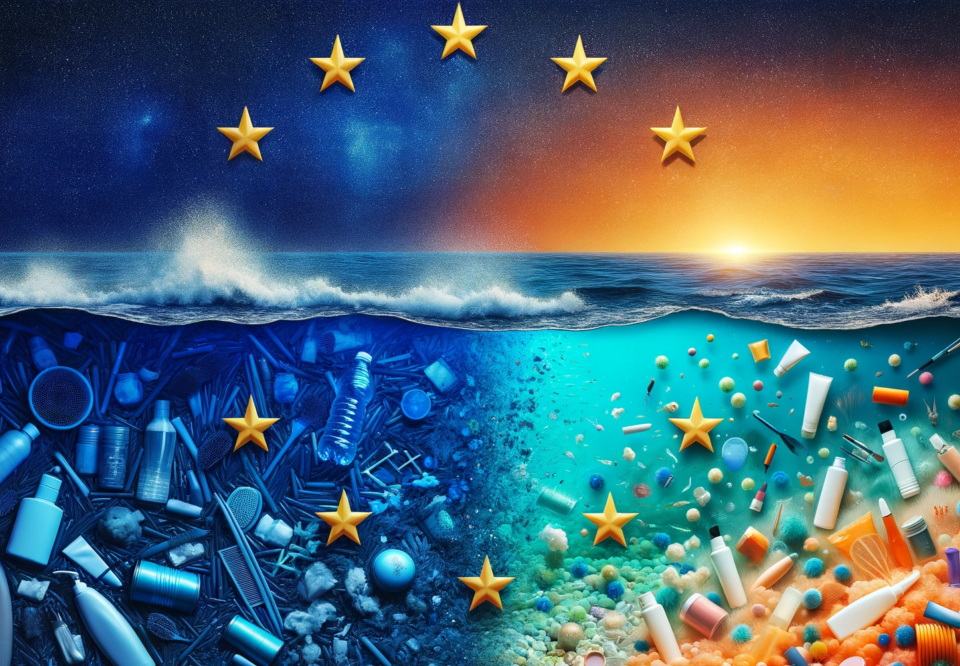
2023 Cosmetic Evolution : unpacking the new allergen labelling and IFRA 51st amendment
13 September 2023
EU’s Landmark Ban on Microplastics in Cosmetics
4 January 2024Introduction to the Nagoya Protocol: Overview of the ABS protocol adopted in Nagoya, Japan, in 2010 for equitable genetic resource sharing.
The Nagoya protocol on Access and Benefit Sharing (ABS) was adopted in Nagoya, Japan in October 2010. This international treaty was negotiated to guarantee the fair and equitable sharing of advantages arising from the utilisation of genetic resources as set out in the Convention on Biological Diversity. The protocol came into force in October 2014 after ratification by a number of nations including the European Union, (EU) regulations n° 511/2014 and n° 2015/1866, and France, Law n° 2016-1087 of 8 August 2016 on the Restoration of Biodiversity, Nature and the Countryside.
Defining Genetic Resources: Understanding the concept of genetic resources as per the 1992 Convention on Biological Diversity.
Before taking a closer look at the protocol’s objectives, it will be useful to look back at how the notion of “genetic resources” has been defined. According to article 2 of the Convention on Biological Diversity, adopted in 1992 at the Rio Earth Summit, genetic resources are genetic materials (of plant, animal, microbial or other origin, containing functional units of heredity) of actual or potential value.
Legal Framework of the Nagoya Protocol: Key legal aspects of the Nagoya protocol for accessing and sharing genetic resources.
The Nagoya protocol seeks to implement a legal framework for this:
- access to genetic resources for utilisation must be subject to prior consent issued with full knowledge. The user must obtain full authorisation from the nation providing the genetic resources or the native or local community providing the associated traditional knowledge, and this in full compliance to all applicable national legislation;
- the protocol states that any, financial or other, advantages arising from the utilisation of the genetic resources must be shared fairly and equitably with the nation that provides the resources. This will ensure that any local and native communities concerned, often possessing traditional knowledge related to the use of such genetic resources, also benefits from these advantages. This sharing must be applied according to mutually agreed measures.
Cosmetic Industry’s Commitment: The role and responsibility of the cosmetic industry in adhering to the Nagoya protocol for ethical sourcing.
With the emergence of cosmetic products including ingredients from genetic resources already known for their traditional use, the whole of the cosmetic industry (responsible persons, brands, finished product or raw material producers, R&D centres) will be obliged to employ ethically sound sourcing methods which must include the full respect and application of the Nagoya protocol, the aim of which is to preserve biodiversity, contribute to sustainable use and promote collaboration with the local and native communities concerned.
References:
- “THE NAGOYA PROTOCOL ON ACCESS TO GENETIC RESOURCES AND THE FAIR AND EQUITABLE SHARING OF BENEFITS ARISING FROM THEIR UTILIZATION TO THE CONVENTION ON BIOLOGICAL DIVERSITY” Text and appendix, 2012, Convention on Biological Diversity Secretariat. Website: https://www.cbd.int/abs/doc/protocol/nagoya-protocol-en.pdf
- “Ressources génétiques: l’application du protocole de Nagoya en France”, article published on 12 May 2023 by the French ministry of agriculture and food. Website: https://agriculture.gouv.fr/ressources-genetiques-lapplication-du-protocole-de-nagoya-en-france
- “Convention on Biological Diversity” Text published in 1992. Website: https://www.cbd.int/doc/legal/cbd-fr.pdf





